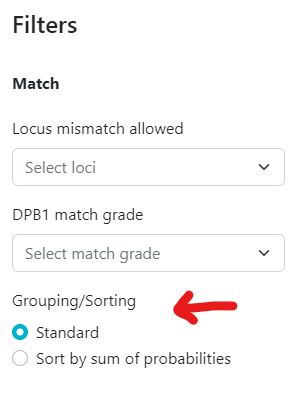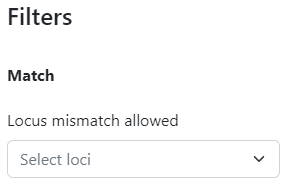In the legacy version of Search & Match, you were limited to only 2000 results per search while it is common for an algorithm to identify far more potential donors from the vast 40 million records in the WMDA database. Following popular demand, WMDA now makes it possible for Search Coordinators to view ALL potential donors for any patient cases case with the added relief of pagination to allow your browser to load the results faster.
We have however received feedback from our users that they are now receiving an overwhelming number of results and find it difficult to identify the most relevant donor for their patient. It is important to make a distinction between "relevant" and "suitable" when it comes to donor search. While the algorithm returns all possible potentially matched donors, you would like to view the most relevant donors toward the top of the list based on their likelihood probability to be HLA matched for your patient. However, match grade might not always be the only parameter for donor selection and thus donor suitability based on non-HLA factors and the patient's clinical status should also be considered.
The more variability (HLA mismatches, considered loci or untyped loci) you allow in your search, the more potential donors and/or CBUs will be returned by the algorithm. You might also notice results being returned that seem to be an obvious mismatch. This most commonly occurs when the patient is homozygous at one or more loci and the typing for the donor contains a null allele. Since a homozygous typing is generally considered a match with a donor that has one allele that matches the homozygous patient typing and the other is a null allele, Hap-E returns this donor/CBU as a potential match. Please see the slide below from a recent webinar:
...
...
...

